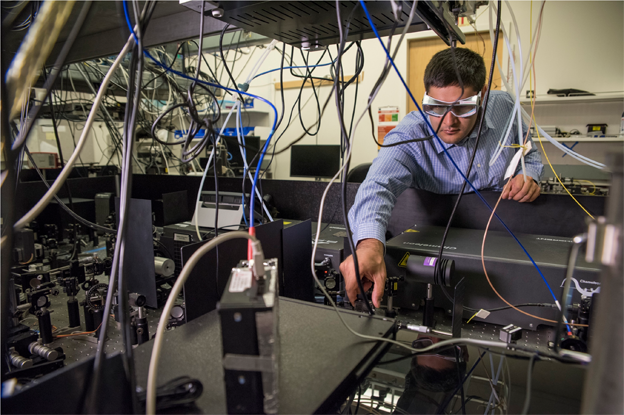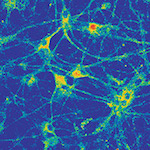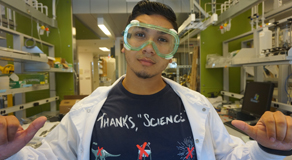
Emissions of methane — a potent climate-warming gas — may be roughly twice as high as officially estimated for the Bay Area. Most of the emissions come from biological sources, such as landfills, but natural gas leakage is also an important source.
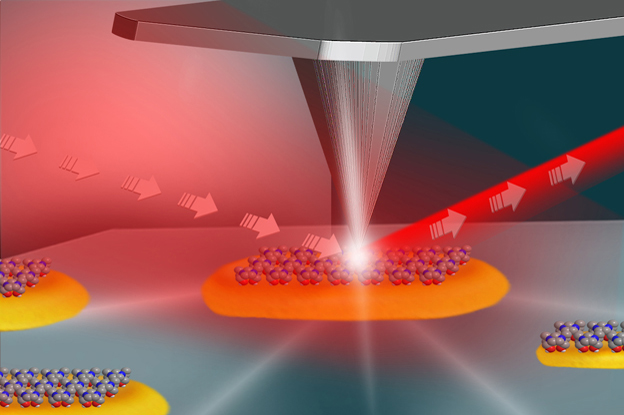
Defects and jagged surfaces at the edges of nanosized platinum and gold particles are key hot spots for chemical reactivity, researchers confirmed using a unique infrared probe. The findings could help scientists customize catalysts to make them more effective in fostering chemical reactions.
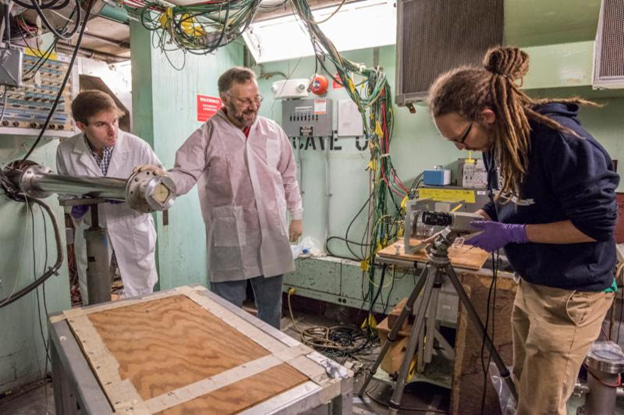
Berkeley Lab’s Nuclear Data Group is conducting new experiments to address common data needs in nuclear medicine, nuclear energy and fusion R&D, security, and counter-proliferation work.

Two new ARPA-E projects aim to “see” into the soil and help to develop crops that take carbon out of the atmosphere. One technology will use electrical current to image the root system. The other will use neutron scattering to measure the distribution of carbon and other elements in the soil.
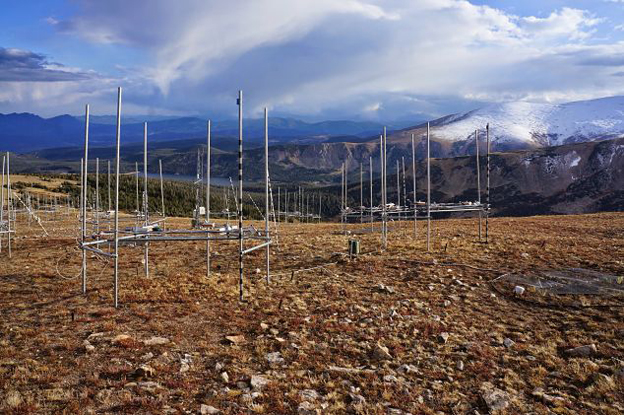
Scientists expect trees will advance upslope as global temperatures increase, shifting the tree line to higher elevations. But new research suggests this may not hold true for two subalpine tree species of western North America.

Lab scientists documented a spring pulse in northern Alaska in 2014 that included CO2 emissions equivalent to 46 percent of the net CO2 that is absorbed in the summer months. What’s more, recent climate trends may make such emissions more frequent.
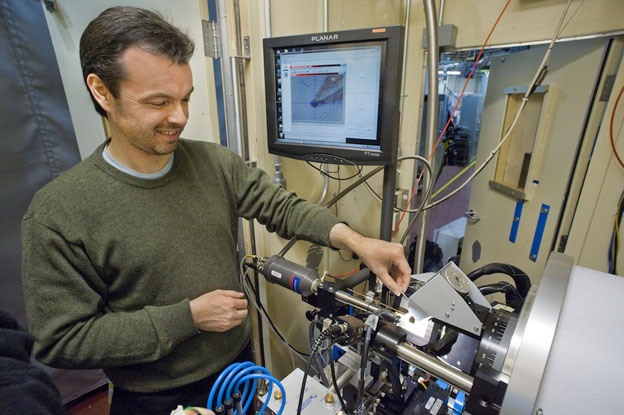
Motivated by public hazards associated with contaminated sources of drinking water — such as Flint, Mich. and Newark, N.J. — scientists have developed and tested tiny, glowing crystals that can detect and trap heavy-metal toxins like mercury and lead.

A combination of experiments, including X-ray studies at Berkeley Lab, revealed new details about pesky deposits that can stop chemical reactions vital to fuel production and other processes.

Lab researchers have published a new study that quantifies the thermodynamic scale of metastability for almost 30,000 known materials. This paves the way for designing next-generation materials for use in everything from semiconductors to pharmaceuticals to steels.
